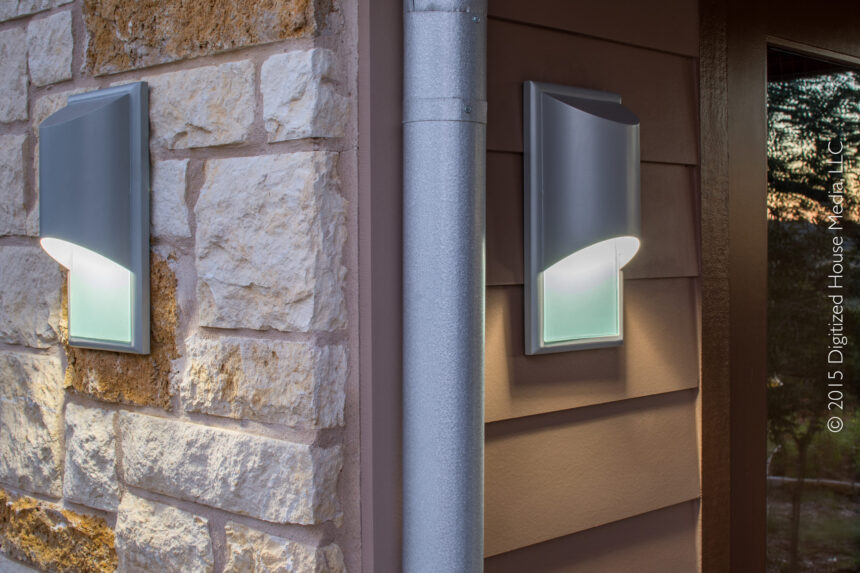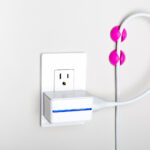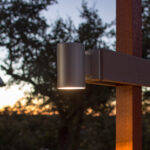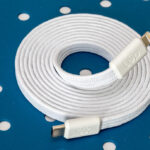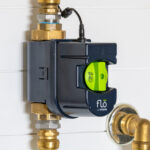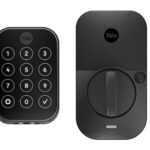You don’t need to be Stephen Hawking or Neil deGrasse Tyson to appreciate the benefits pitch-dark skies bring to even casual stargazing. But as naturally-dark skies become increasingly rare due to the surging density of metropolitan areas and the march of urban sprawl, is there anything the sustainability-minded homeowner can do to help reverse the trend? One answer lies in Dark Sky-friendly outdoor lighting, an easy win within reach for anyone building, remodeling, or retrofitting a home.
So what exactly is Dark Sky? A concept advocated by the International Dark-Sky Association (IDA), the Dark Sky program is a sensible, education-based approach to enabling the reduction of light pollution, the root cause of those less-than-dark skies that can make stargazing problematic.
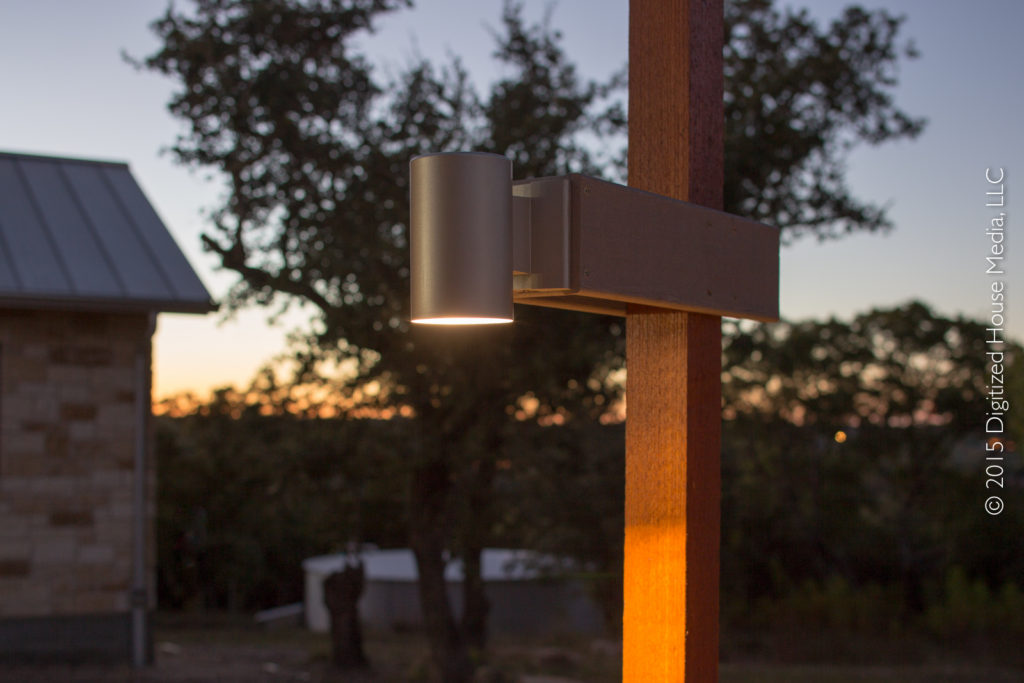
While we won’t get into the details of all the work IDA is doing here, the upshot for homeowners is that they are making it easier to ensure your dwelling is not contributing to light pollution by certifying fixtures as Dark Sky-friendly through their Fixture Seal of Approval (FSA) program. That FSA certification process ensures fixtures so labeled are doing their part to reduce or eliminate the production of extraneous illumination that can contribute to light pollution. IDA, by the way, does not manufacture or sell lighting fixtures.
The biggest culprits around your current home are likely to be landscape lighting, those fixtures mounted on exterior walls, and yard or driveway lighting. All of those problem areas and more can potentially be addressed through the installation of location-appropriate Dark Sky lighting fixtures.
If you are the handy type, you may also find it possible to modify some of your existing fixtures to produce less light pollution. The IDA site has a section on outdoor lighting basics that depicts acceptable and unacceptable types of fixtures, and those images may help fuel do-it-yourself ideas for those inclined to go the hacking route.
Finding Dark Sky lighting on the shelf can be difficult in some locations, but as the popularity of these products increases the big-box home improvement stores seem to be increasing their inventory. In a recent visit to a Lowe’s store, we counted a total of 7 fixtures on the shelves with IDA Dark Sky labeling across the front of their boxes. All of these were wall-mounted fixtures, in a mix of traditional and contemporary styles. What we did not see at Lowe’s, however, was a single landscape lighting fixture with the Dark Sky label, though you should be able to find them online from various retailers. To zero in on relevant products, use the “Dark Sky” search term.
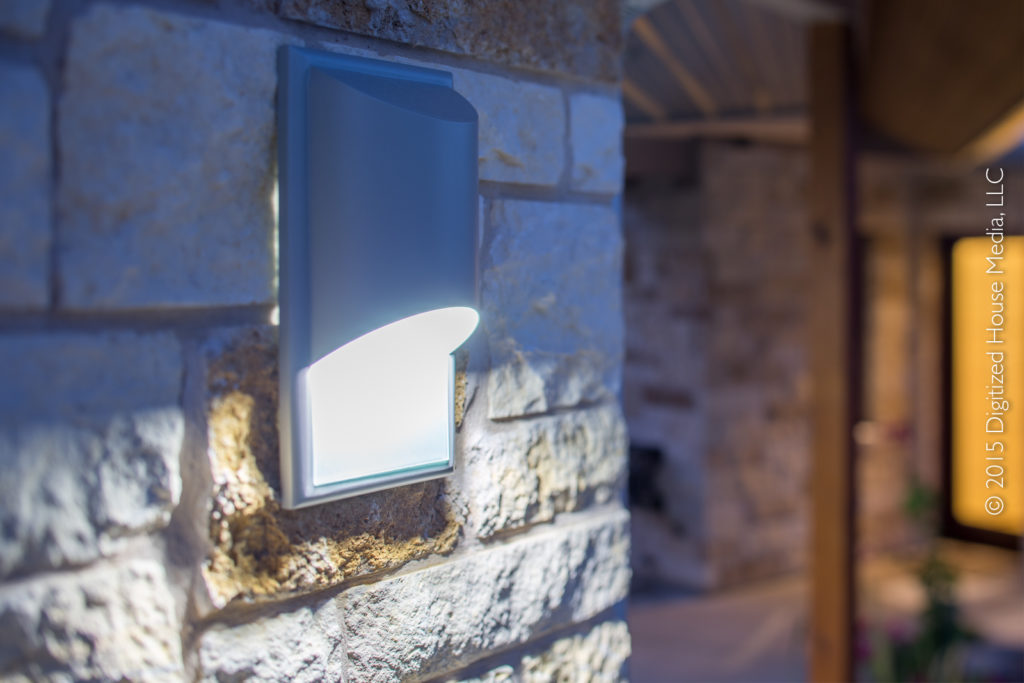
For those contemplating building a new home, the right time to address potential light pollution is in the design phase with your architect or builder. In the case of our lab home, we set out with the goal to be 100% Dark Sky-compliant on all outdoor lighting. Our architect and his team incorporated deep overhangs for all of the home’s decks and porches, so by simply installing standard, fully-recessed ceiling fixtures we were effectively Dark Sky-friendly in those locations.
For other outdoor areas of the home, we did our research early in the planning phase and were able to find suitable fixtures that met the Dark Sky spec, yet did not detract from our Texas Hill Country contemporary design aesthetic. For example, in the case of all wall-mounted fixtures, we found and installed the Cascade 1830TT downlight from Hinkley Lighting, a Dark Sky-compliant yet decidedly-contemporary product.
Coming back down to Earth around your new sustainable home build, remodel, or retrofit projects, think of Dark Sky lighting compliance in this way: The only direction you can go is up, meaning less light pollution and a better chance of looking skyward and seeing the wonder of the Pleiades.

